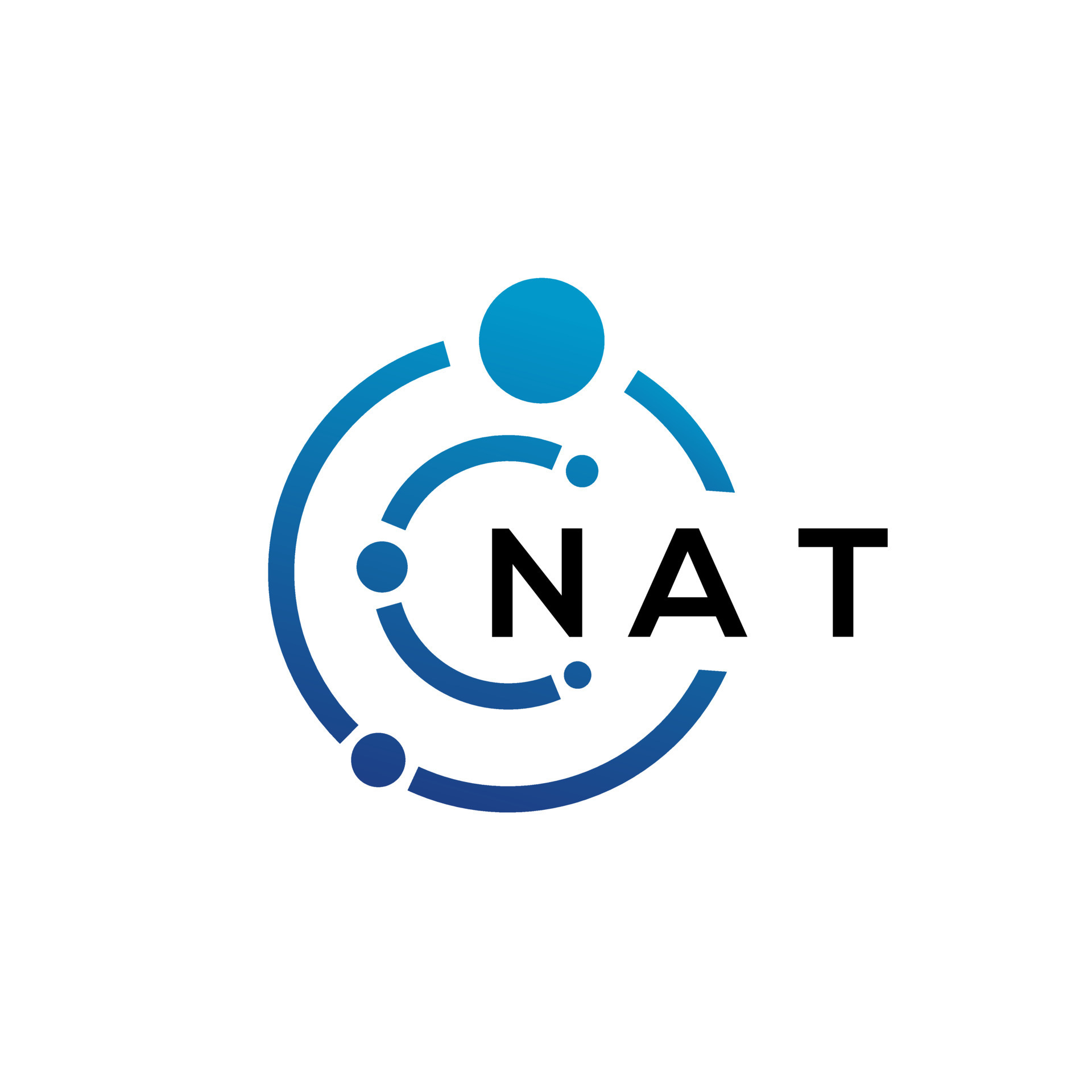
The Japanese Language NAT-TEST is an examination designed to measure the Japanese language ability of non-native Japanese speakers. By measuring vocabulary, grammar, reading and listening skills, the NAT-TEST gives a general evaluation of the test taker’s Japanese proficiency. The tests are separated by difficulty (five levels) and general ability is measured in three categories: Grammar/Vocabulary, Listening and Reading Comprehension. The format of the exam and the types of questions are equivalent to those that appear on the Japanese Language Ability Test (JLPT).
There are five levels of the Japanese Language NAT-TEST. Level 5 is the easiest followed by levels 4, 3, 2, and then level 1, which is the most difficult. The difficulty of each level corresponds to its respective level (from N5 to N1) on the Japanese Language Proficiency Test (JLPT).
Levels 1 and 2 have a Language Knowledge section, which includes reading, grammar and vocabulary, a Reading Comprehension section and a Listening section. Levels 3, 4 and 5 have a Language Knowledge section, which includes kanji and vocabulary, a second Language Knowledge section with grammar and reading, and then a Listening section. On the day of the exam, it will take several hours for test takers to complete the test.
